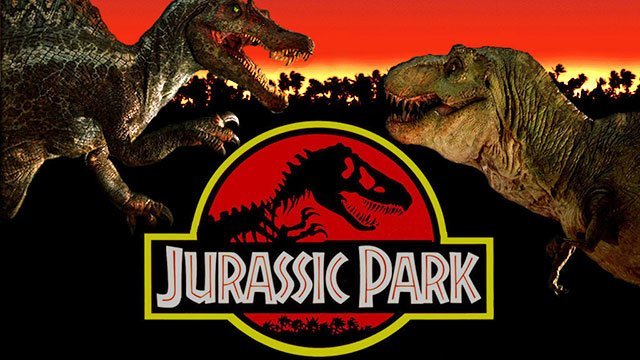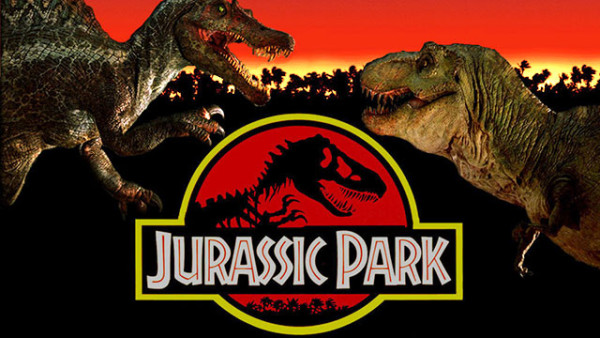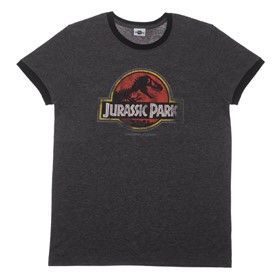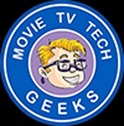
 Steven Spielberg’s first Jurassic Park movie starring Sam Neill, Laura Dern, Jeff Goldblum, and Richard Attenborough was released back in June 1993. It very quickly became the highest-grossing film worldwide and it made over $900 million in its original theatrical run. Eventually it had to give up that title when Titanic (1997) was released, but Jurassic Park still remains one of the world’s most popular film franchises.
Steven Spielberg’s first Jurassic Park movie starring Sam Neill, Laura Dern, Jeff Goldblum, and Richard Attenborough was released back in June 1993. It very quickly became the highest-grossing film worldwide and it made over $900 million in its original theatrical run. Eventually it had to give up that title when Titanic (1997) was released, but Jurassic Park still remains one of the world’s most popular film franchises.
The film is set on the small, fictional island ‘Isla Nublar’, just off the coast of Costa Rica. Here billionaire philanthropist John Hammond assembles a small team of genetic scientists, who have found a way to clone and revive dinosaurs. Hammond wants to open a wildlife park displaying the ancient reptiles but things go wrong very quickly. The dinosaurs break loose and the humans on Isla Nublar quickly have to start fighting for their survival.
Millions of children grew up with the Jurassic Park franchise. Bedrooms were filled with film merchandise from pyjamas and plastic toys to lunchboxes and t-shirts – it just wasn’t cool if it didn’t have a dinosaur on it. Empire Online gives us a better insight into the making of Jurassic Park and what made it so tremendously successful. Spielberg said: “This movie is not Alien, where they can take whatever form your imagination suggests. These are dinosaurs that every kid in the world knows.” This is one of the major appeals of the series. We might have all read about dinosaurs, but Jurassic Park makes them come to life.
Since the release of the first movie, three more Jurassic Park films have been made: The Lost World (1997) featuring Jeff Goldblum, Julianne Moore, Pete Postlethwaite, and Arliss Howard and Jurassic Park III (2001) starring Sam Neill, William H. Macy and Téa Leoni. This month the fourth instalment of the Jurassic Park series was released. Jurassic World stars Chris Pratt as Owen Grady and Bryce Dallas Howard as Claire Dearing. The BBC reported that the blockbuster grossed $511m in its opening weekend alone.
The children, who witnessed the movies in the early 90s, are now all grown up, but the series hasn’t lost its appeal. Children now love it as much now as the previous generation did.

It’s fair to say that all children are at least a little bit curious about dinosaurs. The Jurassic Park series would never have been so successful if this wasn’t the case. The actors and the production team are doing a great job with making the big reptiles come back to life on the big screen. The latest Jurassic World lets us all be kids again, and why not celebrate by getting some of the merchandise and decoration to bring a part of this world to your safe, dino-free home.

